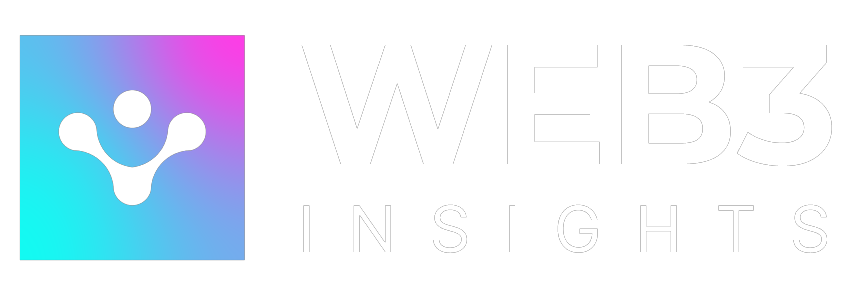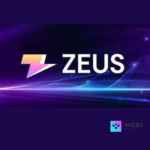When most people think about Bitcoin, they think about a long-term store of value. It’s seen as digital gold, something you buy, hold, and forget. That might be good for wealth preservation, but not for participation. Despite its size and importance, Bitcoin hasn’t really played in the active, on-chain world of decentralized finance.
That’s where Zeus Network changes everything.
By bridging native Bitcoin onto Solana’s high-speed ecosystem using zBTC, Zeus unlocks a new chapter: one where BTC holders don’t have to choose between security and utility. They can keep their Bitcoin, verifiably backed 1:1, and still use it for trading, lending, payments, governance, and more. In this article, we’ll explore all the ways Bitcoin on Solana is becoming a fully functional DeFi asset.
1. Trading Bitcoin on Solana’s DEXs
zBTC, the tokenized form of Bitcoin created by Zeus, behaves just like any other SPL token. That means it can be traded across Solana’s top decentralized exchanges (DEXs), such as Jupiter, Orca, and Phoenix.
Unlike traditional wrapped BTC protocols, which often carry huge gas fees and long transaction times, Bitcoin on Solana benefits from very low gas fees. This enables more efficient trading and advanced strategies like arbitrage, high-frequency swaps, and seamless movement across assets. It turns Bitcoin into an asset that can move and respond in real time.
2. Lending and Borrowing: Passive Yield for Bitcoin on Solana
For years, the only way to earn with Bitcoin was to sell it or stake it with centralized platforms, exposing users to risk and failures. But through Zeus and Solana’s growing DeFi infrastructure, BTC holders can now lend their zBTC to decentralized protocols like MarginFi, Drift, or Solend.
On the other side, users can borrow against their Bitcoin on Solana without having to sell it. That’s real utility, Bitcoin earning yield and unlocking liquidity while still being verifiably yours. This functionality finally gives Bitcoin holders something they never had before: capital efficiency in a trustless DeFi environment.
3. Providing Liquidity: Making Bitcoin Part of Solana’s Economic Engine
zBTC is now becoming a base asset in liquidity pools across Solana. Protocols like Meteora, Raydium, and Lifinity are pairing zBTC with USDC, SOL, and other major assets. This builds deeper markets and improves trading conditions across the board.
When Bitcoin on Solana is paired with other tokens, it allows the entire Solana DeFi ecosystem to function more smoothly. Users who provide liquidity earn a cut of trading fees, and in some cases, additional token rewards. BTC holders now have a way to support the network while benefiting from its growth.
4. Using Bitcoin as Collateral in Solana DeFi
Bitcoin’s reputation as a top-tier collateral asset is now being carried over into Solana DeFi. zBTC is being integrated into platforms like Kamino and UXD Protocol, allowing it to back loans, stablecoins, and synthetic assets.
With Bitcoin on Solana, users can borrow responsibly while preserving their BTC exposure. This opens the door to a range of more complex financial operations, such as leveraged trading, derivatives strategies, and even hedged portfolio construction, all while staying decentralized.
5. NFTs, Gaming, and DAOs: New Frontiers for Bitcoin on Solana
Yes, even NFTs and gaming apps are starting to integrate Bitcoin on Solana.
By making zBTC usable within the Solana environment, Zeus allows BTC to power NFT purchases, become in-game currency, and even sit in DAO treasuries. For projects that want to ground their economy in a globally respected asset, zBTC is a perfect fit.
Some NFT marketplaces and in-game stores are already experimenting with accepting Bitcoin on Solana as payment, giving developers and creators a new way to monetize their ecosystems while adding credibility through Bitcoin.
6. Governance: Giving BTC Holders a Voice in Solana
Now that there is rise of decentralized governance, there’s a growing interest in allowing zBTC holders to vote in Solana-native protocols. Some apps are already working on ways to include Bitcoin on Solana in their decision-making frameworks.
Governance tokens usually drive participation, but imagine BTC holders using their zBTC to signal votes or participate in treasury decisions. This could bring a more diverse user base into protocol governance, especially from the traditionally passive BTC community.
7. Composability: Layered DeFi with Bitcoin on Solana
One of the most powerful things about using Bitcoin on Solana is that it plugs into everything. You can deposit zBTC into a lending platform, borrow USDC, provide that to a liquidity pool, and earn across all layers.
This kind of composability means that Bitcoin isn’t just useful, it’s maximally useful within an entire ecosystem. It can move through apps, stack yield opportunities, and interact with DeFi flows, all without leaving the Solana blockchain.
Conclusion
Zeus Network has done more than just move Bitcoin to Solana. It’s turned BTC into a usable, liquid, and productive asset that doesn’t sacrifice its roots in decentralization.
With zBTC and the broader Zeus infrastructure, Bitcoin on Solana is here, and it’s not just a wrapper. It’s a complete toolkit for turning digital gold into DeFi gold.
From trading and yield to governance and gaming, the use cases are expanding quickly. For the first time, Bitcoin can really do things. And that changes everything.
As more protocols adopt zBTC and users look for more flexible ways to deploy capital, Bitcoin on Solana may evolve from a niche solution into a standard layer of crypto finance.








